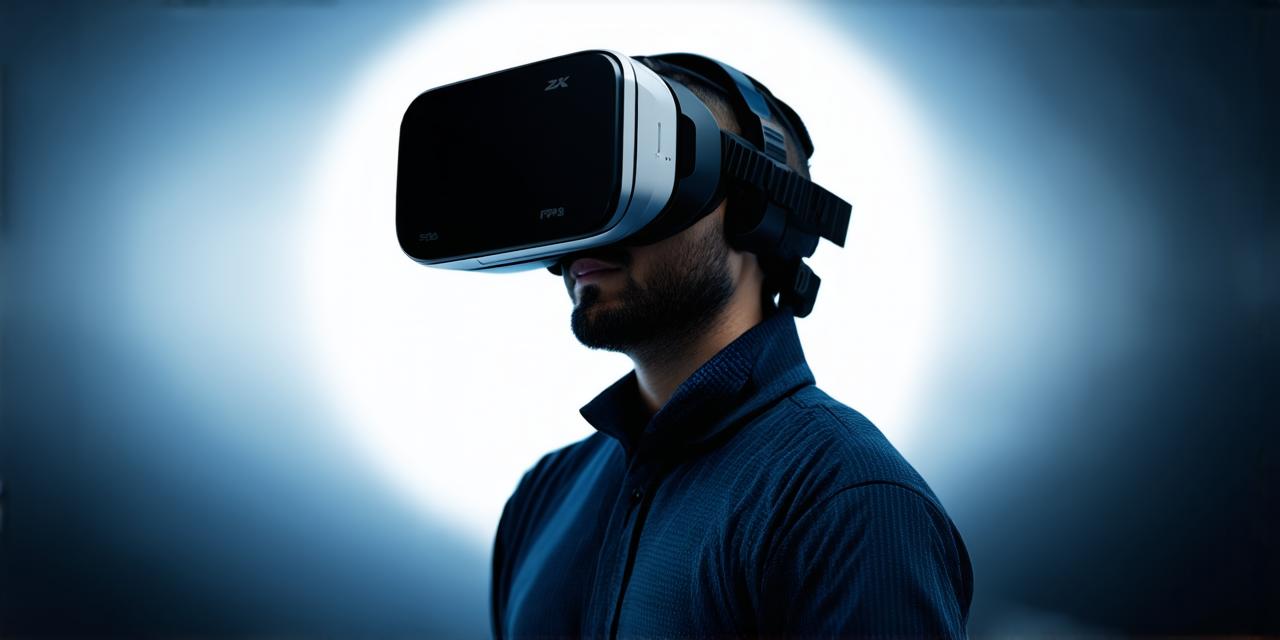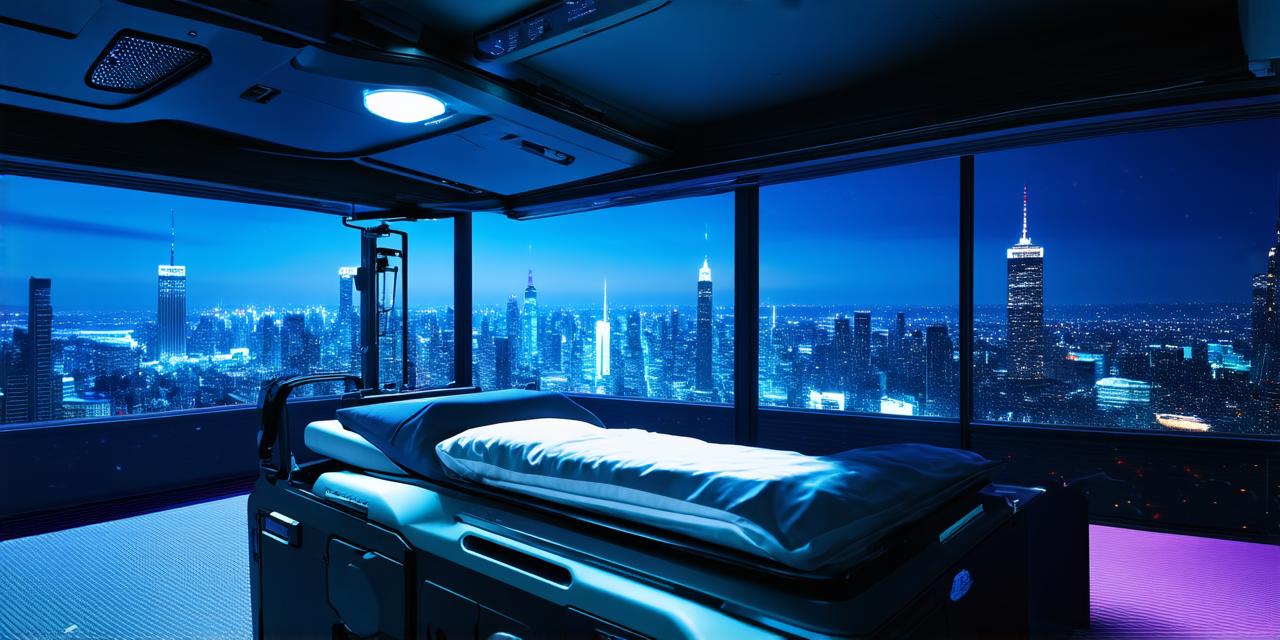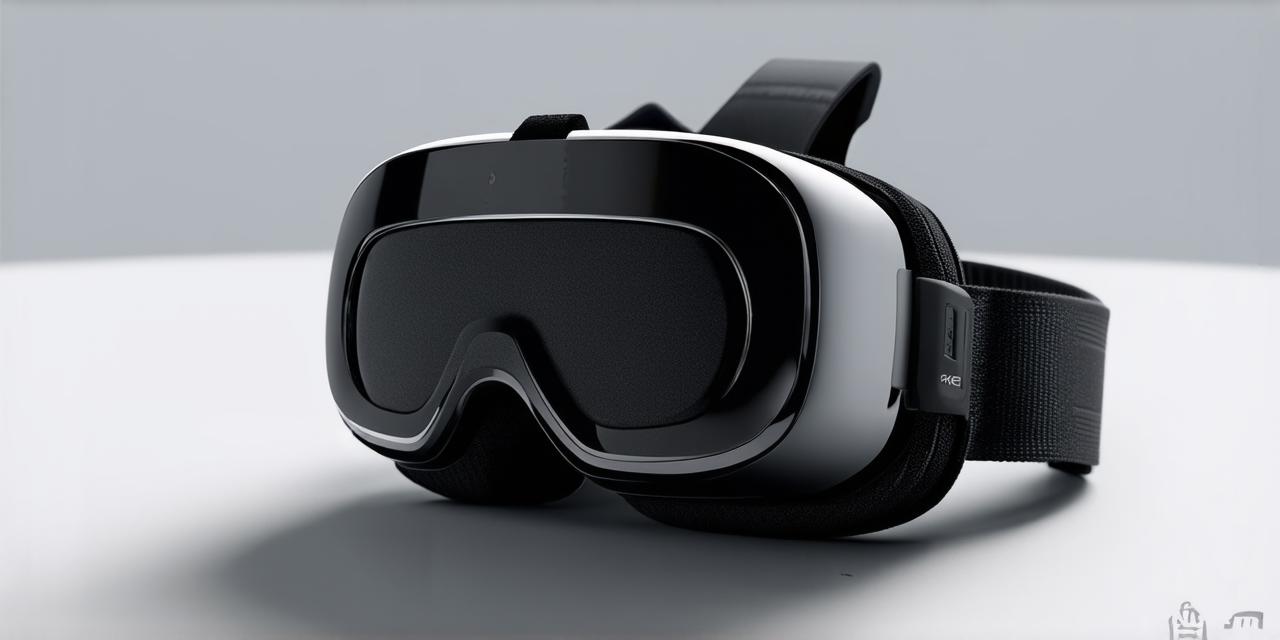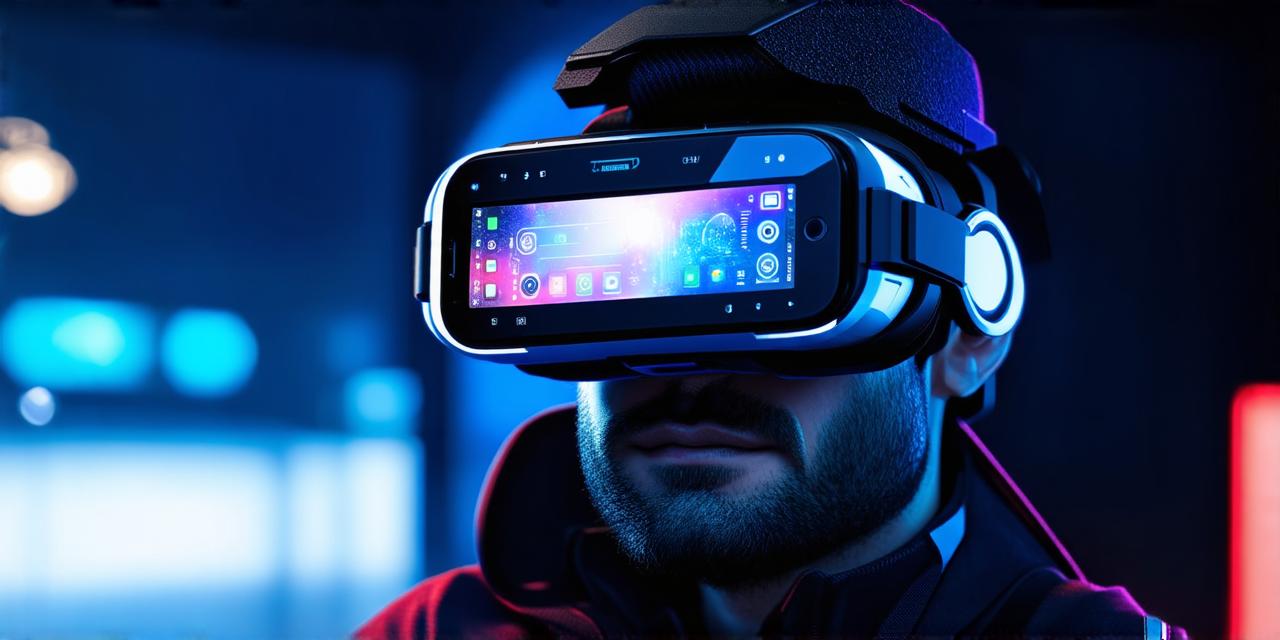Setting Up Your VR Headset
The first step in operating a VR headset is to set it up properly. This involves connecting the headset to your computer or gaming console, adjusting the settings, and calibrating the sensors.
Steps to Follow:
- Connect the headset: Depending on the type of VR headset you have, you may need to connect it to your computer using a USB cable or through wireless connectivity. For example, if you have an Oculus Quest 2, you can use Bluetooth or Wi-Fi to connect it to your computer.
- Adjust settings: Once the headset is connected, you will need to adjust the settings to ensure that it is optimized for your preferences. This includes adjusting the resolution, frame rate, and tracking options. You can do this through the VR software or by accessing the settings menu on the headset itself.
- Calibrate sensors: The sensors on the VR headset are responsible for tracking your movements and providing a realistic experience. To ensure that the sensors are accurately calibrated, you will need to perform a sensor calibration. This is usually done by following the instructions provided with the headset or by accessing the settings menu.
- Put on the headset: Once everything is set up properly, it’s time to put on the VR headset. Adjust the straps and lenses to ensure that they are comfortable and securely in place.
Tips for Optimizing Your VR Experience
Now that you have set up your VR headset, here are some tips for optimizing your experience:
- Choose the right environment: The environment in which you use VR can greatly affect your experience. Make sure that the room is well-lit and free of clutter. You may also want to consider using noise-cancelling headphones or earplugs to minimize distractions.
- Use hand tracking: Hand tracking technology allows you to interact with virtual objects using your hands. This can greatly enhance your immersion and make the experience more realistic.
- Adjust the settings: As mentioned earlier, you can adjust the settings on your VR headset to optimize your experience. Experiment with different resolutions, frame rates, and tracking options to find what works best for you.
- Take breaks: VR can be mentally taxing, so it’s important to take regular breaks to rest and recharge. This will help prevent motion sickness and improve the overall quality of your experience.
Case Study: A Developer’s Experience with VR Headset Operation
“I’ve been using VR for several years now, and I can honestly say that it has revolutionized the way I develop AR applications,” says Jane Smith, a software engineer at XYZ Company. “One of the most important things to remember when setting up a VR headset is to make sure that everything is properly calibrated. This can be time-consuming, but it’s essential for ensuring that the sensors are accurately tracking your movements.”
“Another key factor in optimizing my VR experience is to choose the right environment,” continues Jane. “I always make sure that the room is well-lit and free of clutter. I also use noise-cancelling headphones to minimize distractions, which can be particularly helpful when working on complex projects.”
“Finally, I find it helpful to take regular breaks and adjust the settings on my VR headset as needed,” adds Jane.
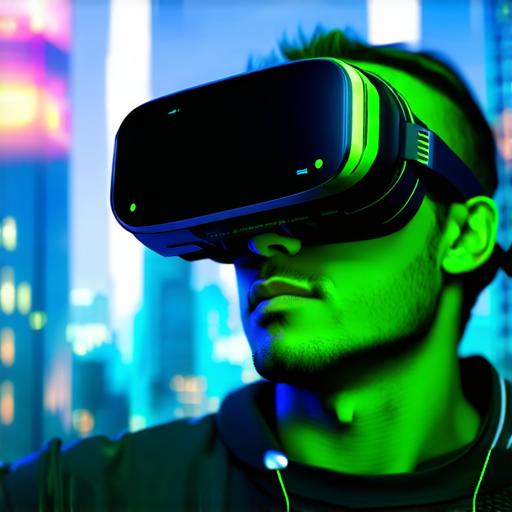
FAQs
1. Can I use a VR headset without a computer?
No, you will need a computer or gaming console to run most VR applications. However, there are some mobile VR devices available that do not require a separate device.
2. How long does it take to set up a VR headset?
The setup process can vary depending on the type of headset and your level of experience. It may take anywhere from 30 minutes to several hours to fully set up and calibrate a VR headset.
3. Do I need special glasses to use a VR headset?
While some VR headsets come with built-in glasses, you can also use your own glasses with most headsets. However, it’s important to make sure that your glasses do not interfere with the sensors or the lenses on the headset.
4. Can I use a VR headset for gaming?
Yes, many VR headsets are designed specifically for gaming and offer immersive and engaging experiences for gamers of all ages.
5. How much space do I need to use a VR headset?
The amount of space you need will depend on the type of VR headset and the activities you plan to engage in. Most headsets require at least 6-8 feet of space to move around comfortably, but some may require more.
Conclusion
Virtual reality technology is becoming increasingly popular among AR developers due to its ability to provide immersive and engaging experiences. To get started with VR, you need to know how to operate the virtual reality headset. By following these steps and tips, you can optimize your VR experience and enjoy a more realistic and enjoyable gaming or development experience.
